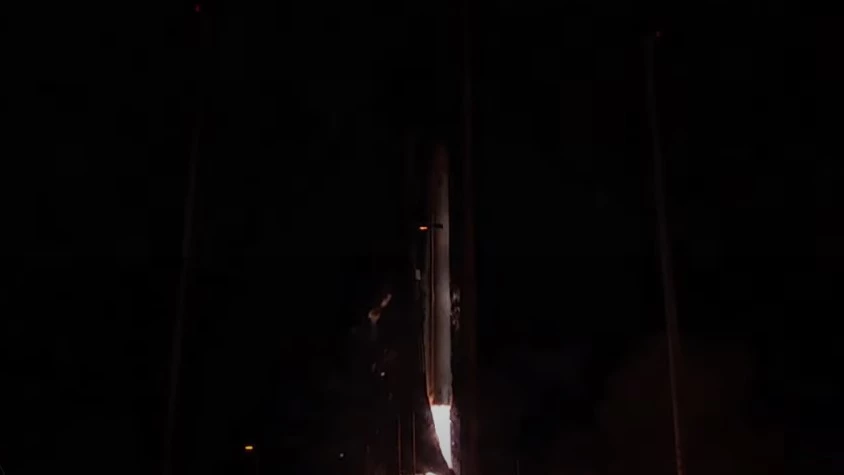It was a glass half-full situation on March 22, 2023 when Relativity Space carried out the first successful launch of an almost entirely 3D-printed rocket from Launch Complex 16 at Cape Canaveral Space Force Station in Florida at 11:23 pm EDT. Though the liftoff was successful and the first stage completed all of its mission goals, the second stage failed to fire and fell into the Atlantic Ocean.
Yesterday's night time launch of the Terran-1 rocket, dubbed Good Luck, Had Fun (GLHF) was the third attempt by the company, with the previous attempt on March 11 aborted due to a series of system malfunctions.
Despite the failure of the second stage, Relativity Space says that the mission was a success because its purpose as a prototype was to demonstrate that a 3D-printed rocket was capable of operating as an orbital launcher by carrying out all the phases from liftoff to stage separation, after two and a half minutes of burn by the nine Aeon engines each producing 23,000 lb of thrust.

Terran-1 is the first of the Relativity Space launch family and is 85% 3D-printed by mass, including the engines that are made of a proprietary alloy out of 100 printed parts. Later rockets will be 95% 3D printed. For the present mission, no payload was aboard, but when in commercial service it will be capable of sending 1,250 kg (2,755 lb) to low Earth orbit and 900 kg (2,000 lb) into Sun synchronous orbit for an advertised launch price of US$12 million.
The video below recaps the launch of GLHF.
Source: Relativity Space








